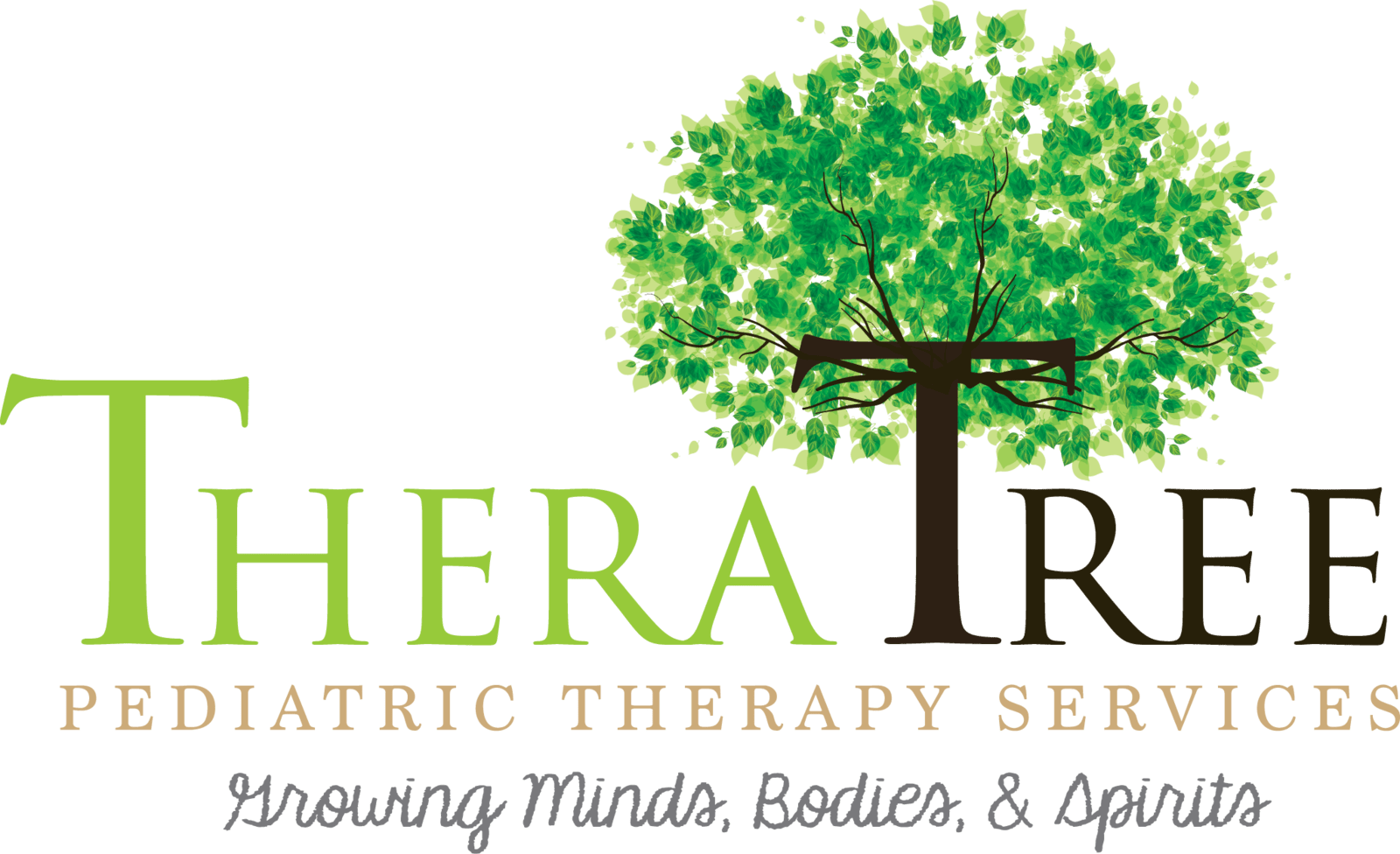
by: Kaitlin Kralj, MS, OTR/L, ACSM-EP
Read our Blog “What to Expect Prior to Your Evaluation” for full information about paperwork, insurance, and arriving to the clinic.
When you Arrive
When you arrive at the clinic, it is recommended that you call us at 270-688-8449 to check in due to our waiting room being closed for COVID-19 precautions. When the evaluator is ready for you, they will come outside and welcome you into the building! Our clinic currently has a COVID-19 health screening at the front door, where the clinician will ask you COVID-19 related questions, ask you to remove your shoes, and take your temperature. We ask you to wear a mask while inside the building. All of our staff members take extra precaution by wearing a face mask, face shield, and gloves. We take extra care in sanitizing our rooms and equipment between clients.
The Evaluation Process: What to Expect
Not all evaluators will gather the information in the same way, but the general components of an evaluation will include an interview with caregivers, standardized assessments, and observation. You can expect the evaluation appointment to last approximately 1 hour.
Standardized Assessment
Standardized assessments measure your child's performance skills as compared to their peers. Performance skills are the underlying skills that are needed to complete a functional task.
For example, in order for a child to tie their shoes they must have the following performance skills:
- Enough muscle strength in their hands to hold on to the laces for the whole task.
- Manual coordination to grasp the laces.
- Visual perception to discern how the laces are layered and which part of the lace needs to be moved.
- Sequencing to remember all the steps to the process and which order the steps go in.
- Visual motor integration to maniple the laces into a knot.
- Proprioception to grade their muscle force to tighten the bow without letting the ends slip through the knot or leaving the knot too loose.
- Postural Control in order to maintain their body position throughout the task.
- Attention to stay on task and get it completed.
- Self regulation for the learning process to preserver and not get frustrated.
Standardized assessments provides us with the exact statistical significance of the challenges they are facing. They also guide to areas treatment needs to focus on to build up to the bigger functional task. Insurance companies often utilizes these results to justify the need for treatment.
Sometimes, it can be tempting to jump in and help your child during the assessments; especially if they're struggling. Although we certainly understand your commitment to your child's success, helping your child with these tasks during the evaluation is actually discouraged. It can result in the assessment becoming non-standardized, invalidate all of our data, and skew the assessment results. If the evaluator would like your assistance, they will certainly ask you! If you're unsure about what you should/shouldn't do, you can certainly ask how you can help as well.
You might also be given a survey to answer questions based upon your child’s independence with self-care skills, or on how your child responds to sensory information.
The assessments that the therapist chooses to utilize may vary based upon the child’s age, intake paperwork, and referral information.
Observation
While standardized assessment are a very important part of the evaluation process; skilled observation can give us additional less qualifiable information about their performance skills and over all performance in life skills. Observations may look like the evaluator observing your child playing with toys or in our therapy gym. So please make sure that your child is dressed appropriately for running, jumping, swinging, spinning, and maybe even getting a little messy! Observations may also be made throughout the standardized testing portion of the evaluation.
Evaluators are specially trained to look for things that are often unnoticed by caregivers. Some of these red flags that evaluators may observe while your child is playing and engaging with our toys/equipment may include attention, transitioning, self-regulation, sensory processing, and social skills.
Caregiver Interview
The caregiver interview portion of the evaluation is an extremely important component of the process, as no one knows your child better than you do. Many evaluators like to complete this at the end of the evaluation as to not be biased throughout standardized assessments and observations. The evaluator will ask about your main concerns and what you would like to accomplish through intervention. The information provided during this segment is vital for identifying your family’s priorities and setting realistic goals for your child. This is also the part of the evaluation where parents can provide additional reports from school or past therapies.
Results and Plan of Care
After completion of the evaluation, the evaluator will compose a comprehensive report that summarizes all of the information that was gathered. A developmental history will be created based on your intake paperwork and verbal report. The evaluator will show the statistical significance of your child’s challenges and performing in comparison to their same-aged peers through standardized assessment results. Observations and parent report will be compiled to build a narrative of what take priority and may not have been revealed through standardized assessment. Based upon these results, the evaluator will set customized goals and develop the plan of care.
The plan of care includes your child’s therapy goals, the duration of treatment, and frequency of treatment. Typically, treatment will be 53 minutes, and occur 1-2 times per week. There will be both long term and short-term goals within the plan of care to measure progress and guide treatment. Because insurance coverage is directly related to the therapy goals, all of the goals are required to be measurable and functional. Goals are related to both performance skills, and to function.
You can expect our office to schedule you within 7-10 days of your child’s evaluation. Upon qualifying for therapy, the results of the evaluation and the Plan of Care will be reviewed with you during the first therapy visit.
Example of Occupational Therapy Goals:
All goals are customized to the needs of your child and your priorities. Below are some examples of goals that we see commonly in Occupational Therapy. You'll see that sometimes our goals (and full evaluation report) contain some technical jargon. This is why we review this during the first treatment session instead of blindly sending you a written report. It's important to use that we are all on the same page about your child's goals to work as partners in their progress. If you ever need more clarification, don't hesitate to ask!
-The client will follow 3 step directions with 75% accuracy given minimal verbal/visual cues during 3 of 4 sessions for improved performance in ADL and IADL activities.
-The client will independently cut a 4" square 4/5 trials with less than ¼ inch deviations from lines to improve functional scissor skills needed for his daily routine.
-The client will demonstrate improved self-regulation skills by executing 3 appropriate coping strategies to implement when in a heightened emotional state (such as upset, mad, and/or frustrated) on 3 out of 4 trials.
-The client will demonstrate improve postural stability by sitting on stability ball with minimal physical assistance for approximately 3 minutes with 0 losses of balance while engaging in UE activities.
-The client will independently engage in 1:1 turn taking activity with 5 exchanges and no aversions on 4/5 trials.
-The client will brush teeth independently for at least 1-minute duration and improved contact to cover all areas of the mouth for improved ADL performance.
- The client will complete writing of letters Aa-Zz on one-inch lined paper with 90% accuracy in letter formation and line orientation.
-The client will independently roll from over both sides of his body (from his back to his tummy) with minimal visual/auditory cueing on 4 out of 5 trials for 3 consecutive sessions.
Therapy Treatment
The therapy interventions will largely depend on the therapeutic goals.
It is important to note that the evaluator and the treating therapy provider may not be the same person. This is due to a variety of reasons. A therapist’s expertise, specialized training, or scheduling availability are just a few examples.
At your first visit, the treating therapy provider will review the results of the evaluation and discuss the plan of care. They will collaborate with you to ensure that you understand the goals and ask if you have any questions. It is suggested that you bring a list of your concerns and any questions to this visit so that you can get the answers you need.
Insurance companies require your treating therapy provider to document a daily note with each visit, describing the activities provided, and the performance of the client relating to the designated goals. Parents are invited to observe and participate in the treatment sessions, but they can also access these daily notes at any point through our online parent portal.
Therapy goals and progress will be updated every three months. A re-evaluation will be completed each year or if there is a significant change in status.
Progress and Success
Many children meet their therapy goals and “graduate” from therapy. Ultimately, it is our goal to see your children grow and thrive! Check out a few of these patient testimonies below:
“Battling the spread of COVID-19 has been difficult for everyone. Schools are closed, only essential employees are working, and the community is practically quarantined while practicing social distancing. For my autistic daughter, this time has been especially difficult. Her routine has changed, she's stuck at home, and I have been terrified of regression.
With telehealth through Theratree my daughter is still able to receive her therapy are her normal time. I don't need to worry about regression because her therapist is working with her twice a week for an hour. Together they are able to work on tackling new obstacles that COVID has caused. Our therapist help enforce social distancing, and hygiene needs, along with her typical needs. They have even came up with exercises and activities for her to do to prevent regression and over stimulation.
In a month's time TheraTree has reshaped their entire company to address the needs of our children and has taken a lot of stress and worry off of my shoulders. Everything Theratree does is uniquely designed around the needs of each child and family.”
“The growth I have seen in my daughter since being involved with TheraTree is amazing! She has enjoyed learning with the therapists and looks forward to seeing them. We look forward toward the future progress that will be made. Thank you all for being so kind and helpful!”
Let's Get Started!
If you don't yet have an evaluation appointment, let's get it scheduled! The easiest way is to complete a new patient referral request here: https://www.theratreepeds.com/how-do-i-start You can also give us a cal, text or email with your questions: 270-688-8449 or newpatients@theratreepeds.com
